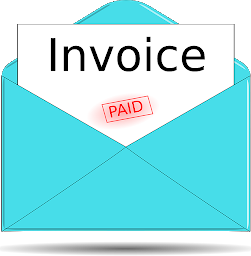
Our company has the ambition to digitize all our workflows since our inception. We proudly state we never bought a printer or a fax machine. Analog machines should become obsolete in the digital age.
Companies should be more environment-aware and save some trees. See our blog on A Journey to Be a Digital Company.
Switzerland finally introduced a digital payment slip. It uses a QR code and still assumes you need to print it.
The European Union is more innovative and mandates that invoices to government parties must be digital. Our company exchanges contracts and invoices with partners and customers using the standardized and well-known PDF format.
It is time to explore extensions to support the new legal requirements in Switzerland and in Europe.